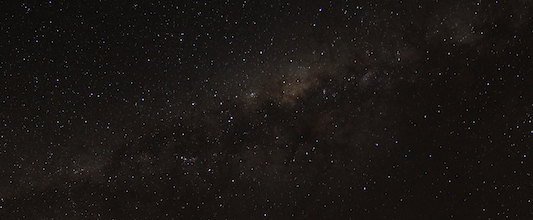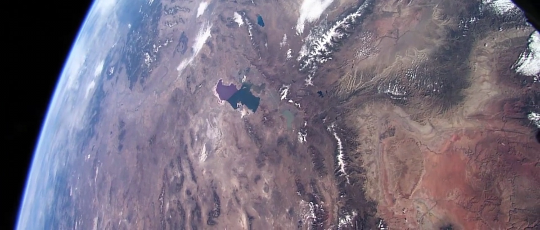300
This is my three hundredth blog post. Not a tremendous number, compared to some. Not insignificant, for me.
My first entry was set to organized electrons in the summer of 2007 when I ventured to Kenya for the first time. I have since back-posted a number of entries, the first a poem written when I was but six years old. In the past nine months, I have written extensively from Palestine, Holland, Germany, Spain, Kenya, Tanzania, and South Africa.
Here, now, I make time to write again from a cabin whose floors twist and creak, whose windows shake in the afternoon gusts of looming storms; humming birds land lightly on my fingers when I hold still for just a few seconds, and the invisible coyote will again sing me to sleep this night.
How could that six year old boy, playing in the sand box in Pasadena, California have known where his life would take him? I hope for three hundred more …









